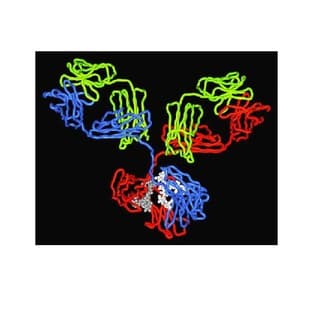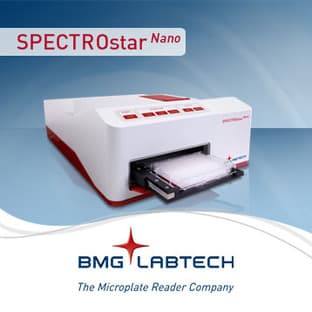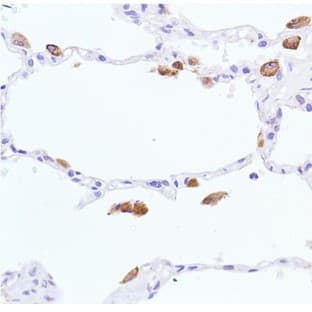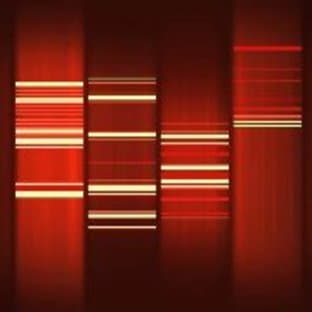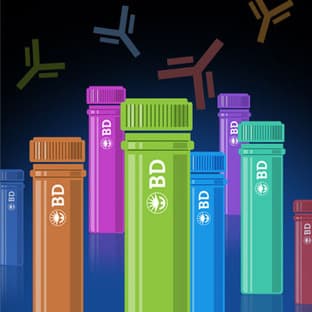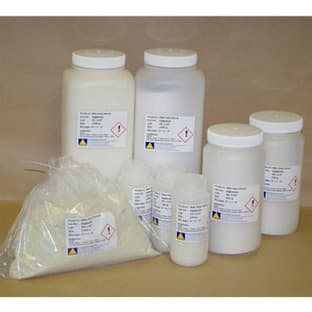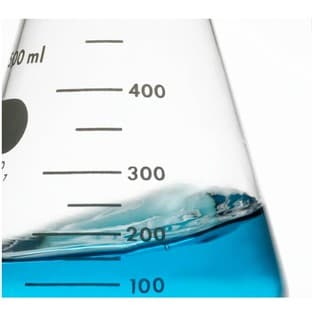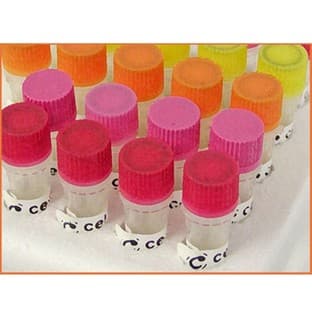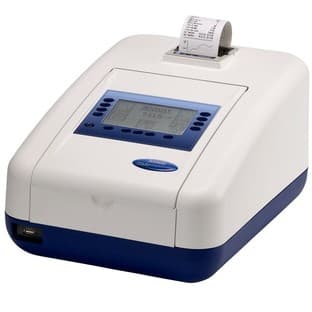
Supplier:
BOSTER IMMUNOLEADERCat no: PA1666
Polyclonal Anti-NOX1
Prices direct from BOSTER IMMUNOLEADER
Quick response times
Exclusive Biosave savings/discounts
SPECIFICATIONS
Price
200.00 USD
Catalog Number
PA1666
Size
100ug/vial
Applications
IHC, WB
Reactivities
Mouse, Rat
Form
Lyophilized
Format
Each vial contains 5mg BSA, 0.9mg NaCl, 0.2mg Na2HPO4, 0.05mg Thimerosal, 0.05mg NaN3.
Gene Id
NOX1
References
1. Banfi, B., Maturana, A., Jaconi, S., Arnaudeau, S., Laforge, T., Sinha, S., Ligeti, E., Demaurex, N., Krause, K.-H. A mammalian H+ channel generated through alternative splicing of the NADPH oxidase homolog NOH-1. Science 287: 138-141, 2000.\n2. Behrens, M. M., Ali, S. S., Dao, D. N., Lucero, J., Shekhtman, G., Quick, K. L., Dugan, L. L. Ketamine-induced loss of phenotype of fast-spiking interneurons is mediated by NADPH-oxidase. Science 318: 1645-1647, 2007.\n3. Lachgar A, Sojic N, Arbault S, et al. (1999). \"Amplification of the inflammatory cellular redox state by human immunodeficiency virus type 1-immunosuppressive tat and gp160 proteins.\"\n
Swiss Prot
Q9WV87
Storage Temp
At -20 degree C for one year. After reconstitution, at 4 degree C for one month. It can also be aliquotted and stored frozen at -20 degree C for a longer time.Avoid repeated freezing and thawing.
Additional Info
A synthetic peptide corresponding to a sequence in the middle of rat NOX1, different from the related mouse sequence by one amino acid.
Scientific Background
NOX1(NADPH OXIDASE 1), also known as NOH1, MOX1 or GP91-2, is an enzyme that in humans is encoded by the NOX1 gene. It is also a homolog of the catalytic subunit of the superoxide-generating NADPH oxidase of phagocytes, gp91phox. The NOX1 gene is mapped to Xq22.1. NOX1 was expressed in colon, prostate, uterus, and vascular smooth muscle, but not in peripheral blood leukocytes. The deduced 564-amino acid NOX1 protein, which is 58% identical to CYBB, contains 6 membrane-spanning regions, conserved flavin and pyridine nucleotide-binding sites, and histidines possibly involved in heme ligation. Overexpression of MOX1 in NIH 3T3 cells increased superoxide generation and cell growth. Cells expressing MOX1 had a transformed appearance, showed anchorage-independent growth, and produced tumors in athymic mice. Disruption of either Nox1 or Nox2 significantly delayed progression of motor neuron disease in these mice. However, 50% survival rates were enhanced significantly more by Nox2 deletion than Nox1 deletion.
More from BOSTER IMMUNOLEADER
Applications
IHC, WB
Reactivities
Hum
Applications
IHC, WB
Reactivities
Mouse, Rat
Applications
ELISA, WB
Reactivities
Mouse
Applications
WB
Reactivities
Hum, Mouse, Rat
Applications
IHC, WB
Reactivities
Hum
Latest promotions
Spend less time on DNA cleanup so you can do more science. The MSB Spin PCRapace is the fastest way to purify your DNA from PCR, restriction digestion, and...
New brilliant antibodies, and new lower prices!For flow cytometry reagents in general, \"bright is better.\" The violet-excitable BD Horizon™ BV421 and...
As an incentive to qualify our BSA, we are offering a 20% discount when you purchase your first 100g, 500g or 1000g of any grade of Bovine Serum Albumin....
It is not every day that you are given something for nothing. We are giving away additional spectrophotometer software.Cecil Instruments have enhanced the...
We're so sure that you'll prefer Cayman Assay kits over your present brand that we're willing to give you a free assay kit to prove it!
10% Discount on 2 Rabbit Polyclonal Antibody Service. With over 20 years experience, SDIX has developed into the premier US custom antibody producer,...
For the past decade scientists have extensively used ATS secondary toxin conjugates to make their own targeted toxins for in vitro use.The ability to combine...
Did your supplier increase the price of Fetal Bovine Serum? Did they substitute the US Origin with USDA? Well say no more! Innovative Research is still...
Bulk Cytokines with Custom Vialing.20 - 50% off cytokines, growth factors, chemokines and more...For a limited time Cell Sciences is offering substantial...
Jenway’s 73 series spectrophotometer range provides four models with a narrow spectral bandwidth of 5nm and an absorbance range of –0.3 to 2.5A,...
Are you planning to have a customised antibody made for your research?Since 2000, Everest has been producing a catalog containing thousands of affinity...
Top suppliers
United States Biological
230753 products
Carl Zeiss Microscopy
27 products
Promega Corporation
11 products
Panasonic Healthcare Company
5 products
Life Technologies
1 products
Nikon Instruments Europe
11 products
Olympus Europa Holding GmbH
3 products
Leica Microsystems, Inc.
10 products
GE Healthcare Life Sciences
2 products
Tecan Trading AG
19 products
Beckman Coulter, Inc.
1 products
AB SCIEX
3 products
BD (Becton, Dickinson and Company)
1 products
RANDOX TOXICOLOGY
5 products
Randox Food Diagnostics
6 products



